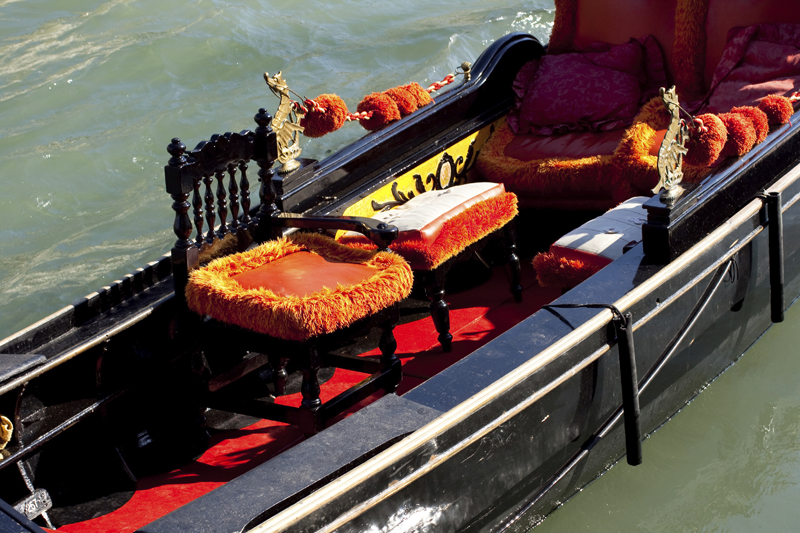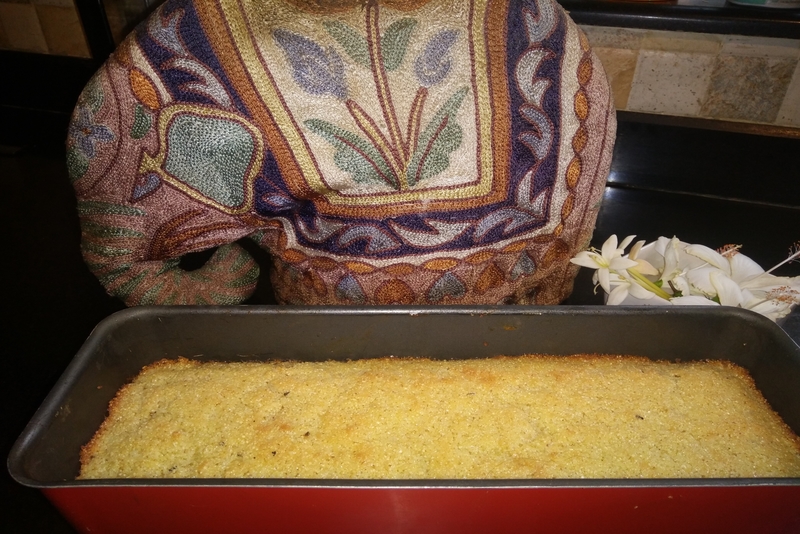El Meco a short cab ride from Cancun

Silence surrounded us as we were the only souls present that day. It was absolute bliss! Energy vibrated with centuries of history buried deep within every crevice. Beneath my feet, hidden amongst the debris, were fragments of coral clay that at one point in time had a purpose.
As we walked through the temple ruins I brushed my fingertips along the walls. I felt connected. Although this isn’t the first ruin I have visited in Mexico it is by far my favorite. The surroundings are quaint and you are free to explore. All of these qualities authenticate that yes, a civilization did reside here at one point in time.
Excavated ruins blanket Mexico, but the one we are in today humbled the block buster movie version of Chitzen Itza. It shed the light of reality onto the Mayan culture reminding us that their discoveries weren’t just contrived from story books, but through the extensive study of a medley of sciences. Although Chitzen Itza was mind blowing, the experience reminded me of being in an amusement park, absent the rides. All our questions in trying to gain an insight into Mayan history was lost on the tour guides herding tourists across the vast expanse of spotless pristine grounds. It was chaotic! Now situate yourself in a serenely raw landscape that still has an undeniable presence lingering throughout. You are in El Meco and magical is the only way to describe it.
El Meco is in Puerto Juarez which is just a short cab ride from Cancun. This beautifully situated Post-classical ruin overlooks the turquoise waters of the Caribbean Sea and in its heyday was used as a navigational hub for those travelling between the mainland and Isla Mujeres. Mother Nature is in control here. Countless species of wildlife remain the only residents of this domain, and the eroded stones they sit atop have naturally evolved into a backdrop to showcase nature’s beauty. We make our way through a structure once used to conduct spiritual and political rituals and step into a small clearing. We sit hand in hand along the perimeter facing the majestic temple which, despite years of vacancy, emits an air of grandeur. We pull out our travel booklet and start to indulge ourselves on some Mayan history.
The mystery behind this intriguing civilization is quite spectacular. Mayans were engineers, spiritualists, survivors, innovators, mathematicians, and astronomers. Within lush jungles they meticulously built a civilization and culture in which every detail established was defined using the same principles of precision and accuracy. Their ability to harmoniously link the scientific with the unknown is what made them so intriguing, embracing all facets as each was equally instrumental in the way they lived.
The Mayans said the booklet, date back to the pre-Classic period (2000 BC – 900 AD) and spread across Mexico, Guatemala, Belize, El Salvador, and Honduras. Within Mexico the Mayans resided in the southern region, but at the turn of the Post-classical period (900 AD – Spanish invasion) they relocated settling in the Central and Northern regions. The reasoning for this mass exodus is unclear, but speculations range from warfare to natural disasters and possibly over-population. Their presence is still very prominent today, so if travelling through the Yucatan Peninsula you will see locals wearing traditional Mayan garb and speaking in Mayan tongue.
To further solidify their superior intellect the Mayans were the first indigenous culture to develop a written language and therefore, the first to have a recorded history. They fluently translated their spoken word into a set of hieroglyphs to document their findings in codices (or books) for generations to follow. Carved on structures and imprinted on paper each entry holds a clue that brings us one step closer. Although historians have yet to fully decipher their writings, we are well on our way to understanding the intricacies of Mayan culture.
The alignment of stars along with planetary movements act as a map for the Mayans and by studying the infinite universe above, they created a framework within which each unique cycle was recorded. Each codex documented specific details regarding everyday Mayan practices such as, where they would build their communities, and other pivotal phases like the Venus Cycle which warned society that war was on the horizon. When the Spanish conquered Mexico in 1521 they burned all but three Mayan books, or codices. Is there a missing link that was burned during this time that could fill in the gaps?
For modern day society the most perplexing concept that continues to astound intellects from diversified fields of study is the Mayan Calendar System. The Mayans first analyzed a 26,000 year cycle and continually broke it down until they concluded with a unique 260 day count. December 21, 2012 is one of the most notable and haunting dates documented by the Mayans as significant. This date marks the end of the Long Count Calendar and although it is said to be the end of the world no one really knows. The sky reads it as this… The Milky Way is framed by four prominent stars, and on this day the rising sun will position itself with the centre to form an upside down cross or T-square. Many believe that with this intersection something cosmically significant is going to happen, but we will forever hypothesize until that fateful day.
Every 600 years the Mayans abandoned their communities and moved on as their current living situation was no longer sustainable. Is this just the end of an unsustainable era? Is it time for us to move into a new way of thinking conscious and aware that the pressure of our current lifestyles cannot be maintained forever?
The Mayans predicted that during this final cycle society would be disconnected with nature; “The triumph of materialism” and “the transformation of matter”. We would like to think this is the end of one way of living and the beginning to something better.

Related Articles
Editor's Picks Articles
Top Ten Articles
Previous Features
Site Map
Content copyright © 2023 by Marianne de Nazareth. All rights reserved.
This content was written by Marianne de Nazareth. If you wish to use this content in any manner, you need written permission. Contact Marianne de Nazareth for details.





 -resizeimage.jpg.jpg)

